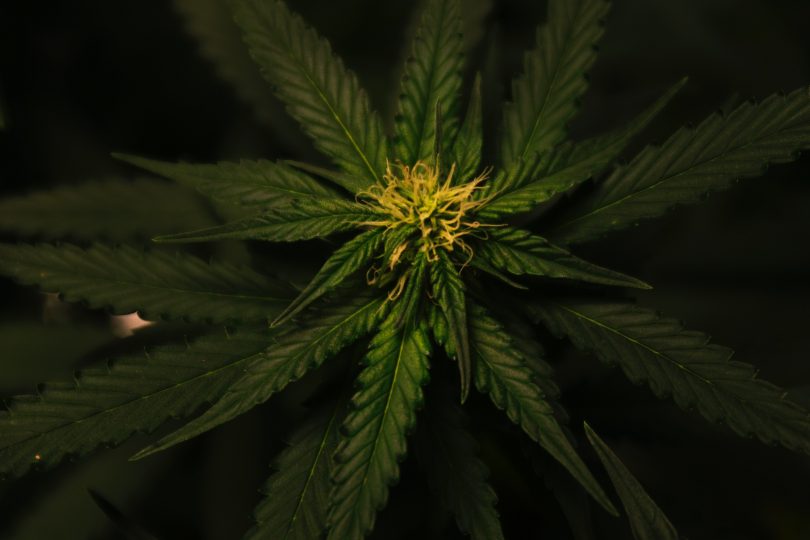Cannabinoids can offer a wealth of therapeutic properties that are multi-faceted in how they help improve quality-of-life [1]. One cannabinoid in particular – CBG’s precursor, CBGA or cannabigerol acid – is the building block for all commonly known cannabinoids. CBC, CBG, and most-often CBD and THC all owe their legendary statuses specifically to CBGA.
What is CBGA and how does it work?
Cannabis plants that are still somewhat early in their flower development contain the largest amount of CBGA at any time during their growing cycle. This acidic form is converted into the aforementioned cannabinoids later on during the same growing cycle – typically leaving less than about 1% of CBGA and its subsequent carboxylated form, CBG to remain. This shift from CBGA to other cannabinoids is a genetic response within the plant to begin maturing its buds oily and rich with resin, and almost done the full grow cycle.
Like THCA and THC or CBDA and CBD, CBGA is converted to its more well-known form of CBG once it is decarboxylated. The decarboxylation process – whether from a flame, vaporizer, or other heating source – converts the carboxyl group within the genetic structure of CBGA into CBG. This makes it therefore no longer an acid, but a bioavailable cannabinoid within the human body that attaches to the CB1 receptors in the brain and CB2 receptors that control immune responses. The medicinal effects that CBG can have in this form are especially unique in that they are found to provide relief from a wealth of ailments, while producing no psychoactive effects as with THC and its high levels of Delta-9.
That’s not to say CBGA can’t also be utilized by the human body in its acidic form. CBGA is still a cannabinoid and therefore compatible with our body’s own internal cannabinoid system. Studies have shown that CBGA offers a trove of analgesic, anti-inflammatory, and neuroprotective effects within the human body – just like so many other cannabinoids [1].
What is the status of CBGA in the marketplace?
More and more demand is in the marketplace for these unique cannabinoids – cultivators have tried to meet it the best they can. Cultivars carefully-bred for high CBGA (and CBG) content have become more common and affordable as of late. Like with so many other cannabinoids, continuing research is uncovering more beneficial qualities of CBGA that get shared with the public-at-large so that we can all potentially benefit from their extraordinary properties.
Reference
[1] di Giacomo V, Chiavaroli A, Recinella L, et al.Antioxidant and Neuroprotective Effects Induced by Cannabidiol and Cannabigerol in Rat CTX-TNA2 Astrocytes and Isolated Cortexes. International journal of molecular sciences. 2020;21(10):3575. Published 2020 May 18. doi:10.3390/ijms21103575 [journal impact factor = 5.923; times cited = 25]









